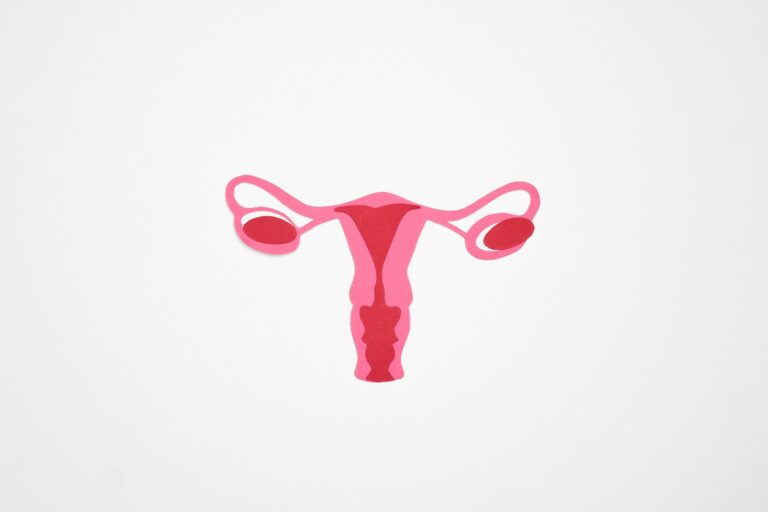Women with ovarian cysts may experience pelvic pain during sexual activity. This can make penetrative sex painful or uncomfortable, which can be a barrier to intimacy.
Ovulation cysts are fluid-filled sacs that develop inside an ovary. Other types of ovarian cysts include dermoid cysts (those that contain hair, bone or skin) and endometrioma.
Painful intercourse
Painful intercourse is a common problem for many women. It can lead to a loss of intimacy and strain in the relationship. It can also affect a woman’s self-esteem. Pain during sex, called dyspareunia, can be superficial or deep and can occur at the opening to the vagina (vulva) or inside the pelvic region. It can be triggered by certain situations or positions and may become worse with repeated use. It can also occur after sex or after childbirth – These words are from the website’s editor tresexy.com.
Some sex problems are easy to figure out and treat, including lack of sexual lubrication. This can be solved by using a quality lubricant and by incorporating foreplay into the sexual process. Some women have naturally low lubrication, so it is important to use a lubricant that won’t disrupt the vagina’s natural pH balance.
Other sex problems can be caused by health issues. Some of these can be serious, such as ovarian cysts. Ovarian cysts are closed sac-like structures with a membrane that contains liquid, gaseous or semi-solid material. Most ovarian cysts are small and don’t cause any symptoms. However, large or persistent ovarian cysts may require surgery. If they are not treated, ovarian cysts can rupte or burst open and cause severe symptoms. It is important for women to get regular pelvic exams to check for any ovarian cysts.
Painful ovarian cysts
An ovarian cyst is a fluid-filled sac that forms in or on an ovary. Most ovarian cysts are harmless and go away on their own, but some cause pain. They can also cause problems with your menstrual cycle. These include spotting between periods and heavy or irregular bleeding (menorrhagia). If you have very large ovarian cysts, they can push against the bowel or bladder. This can cause a swollen tummy, a feeling of fullness or pressure and pain when you urinate.
Doctors use a pelvic exam to find ovarian cysts. They can tell whether the cyst is fluid-filled or solid by examining it with a small instrument called a laparoscope. This device resembles a tiny telescope and has a light on the end. It can be inserted through a small incision in your abdomen. If a cyst is too big to drain, your doctor can remove it with surgery. This is usually done using a procedure called laparoscopy, which involves making a smaller cut than a traditional open operation.
Women of childbearing age can get ovarian cysts, but it’s less common in women after menopause. You can prevent ovarian cysts by having regular pelvic exams and being alert to changes in your menstrual cycles. It’s also important to talk with your health care provider if you have unusual symptoms.
Symptoms of ovarian cysts
Ovarian cysts are fluid-filled sacs that develop in or on an ovary. They’re very common and can happen at any age. They usually cause no symptoms and go away on their own. However, they can sometimes cause problems such as severe pain or bleeding. They can also become cancerous over time.
Women have two ovaries, one on each side of the uterus in their abdomen. Each ovary produces eggs. The ovaries release the eggs during monthly cycles. The most common symptom of an ovarian cyst is pain or pressure in the lower abdomen on the side of the affected ovary. The pain may be dull or sharp. It may come and go.
Other symptoms include nausea and vomiting and feeling like you need to urinate often or frequently have bowel movements. You can also have a complication called ovarian torsion, which occurs when the ovary gets twisted around the ligament that supports it. This can cause a lot of pain and stop the blood supply to the ovary.
Your doctor can diagnose an ovarian cyst by doing a pelvic exam and asking questions about your health history. They’ll also do an ultrasound or MRI to get a better look at the cysts and figure out what kind they are. They can also order a blood test to measure the level of the protein CA 125, which is higher in some types of ovarian cysts.
Treatment options
Ovarian cysts can affect a woman’s sexual health, resulting in pain during intercourse. However, the type of cyst and its size will determine how the pain is felt. Some women may need to take prescription medication for the pain, which can interfere with sexual desire. Often, the pain can be relieved by wearing comfortable clothing and using lubrication to reduce friction. If the pain is severe or accompanied by other symptoms, it is important to see a doctor immediately.
A pelvic exam is the most common way to diagnose ovarian cysts. The healthcare provider will feel for a fluid-filled sac in or on the ovary and use imaging tests to determine the cause of the pain. Typically, an ultrasound and an MRI are used to assess the size and location of the cyst.
Functional cysts, or ovulatory cysts, are the most common type of ovarian cyst. These cysts form each month during menstruation when a follicle develops and then ruptures to release the egg.
A cyst may be diagnosed through a pelvic exam, blood work and a physical. The healthcare provider may also order a laparoscopy, which is performed with a small tool inserted through a tiny incision in the abdomen. If a cyst is causing severe or life-threatening symptoms, such as abdominal pain, fever and vomiting, surgery to remove the cyst is needed.
See Also:



